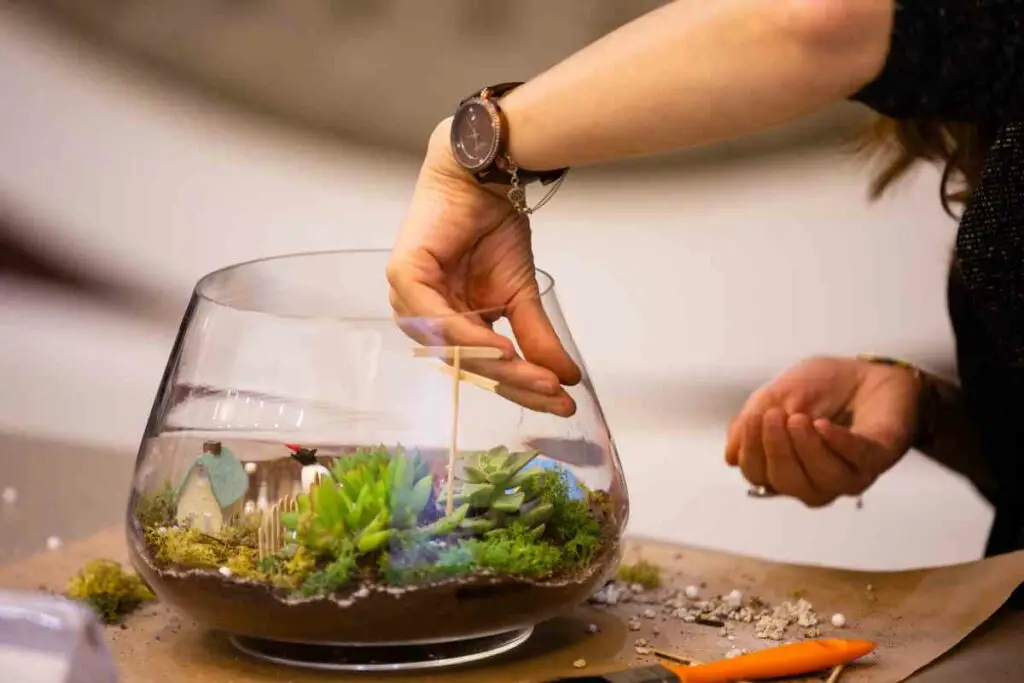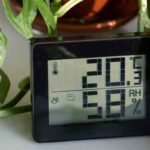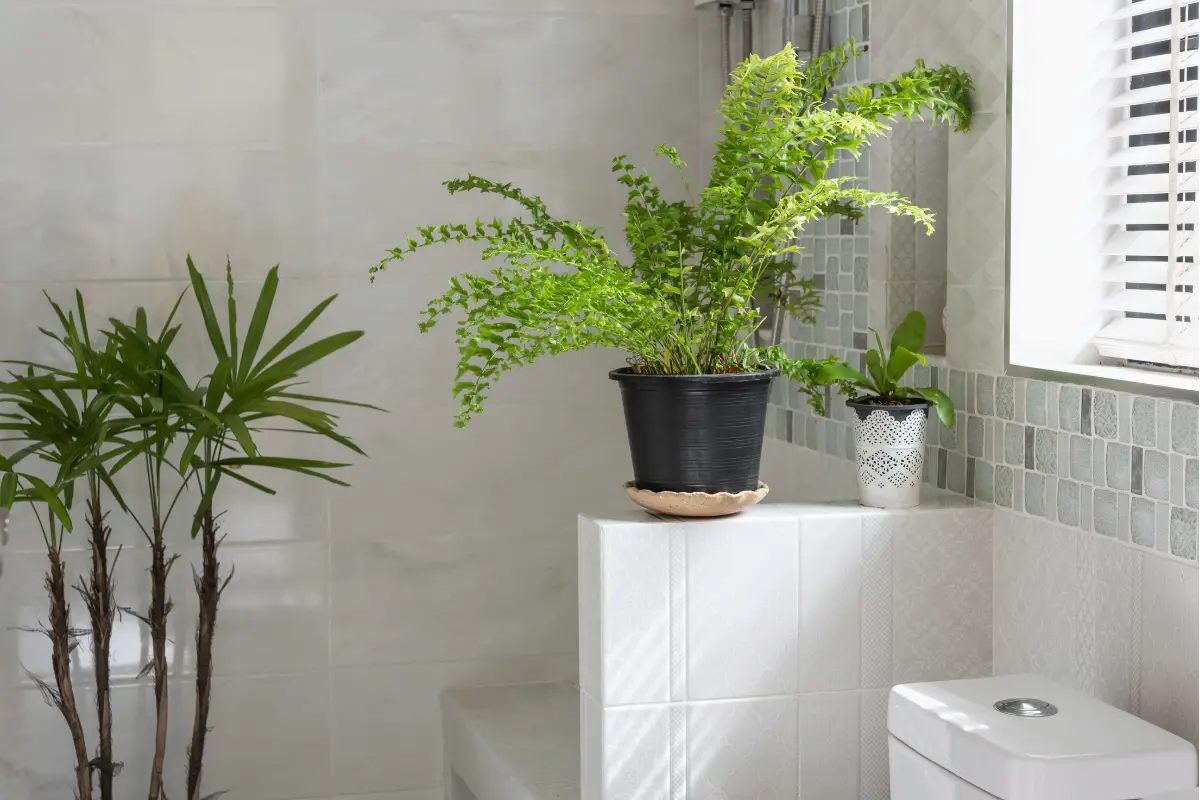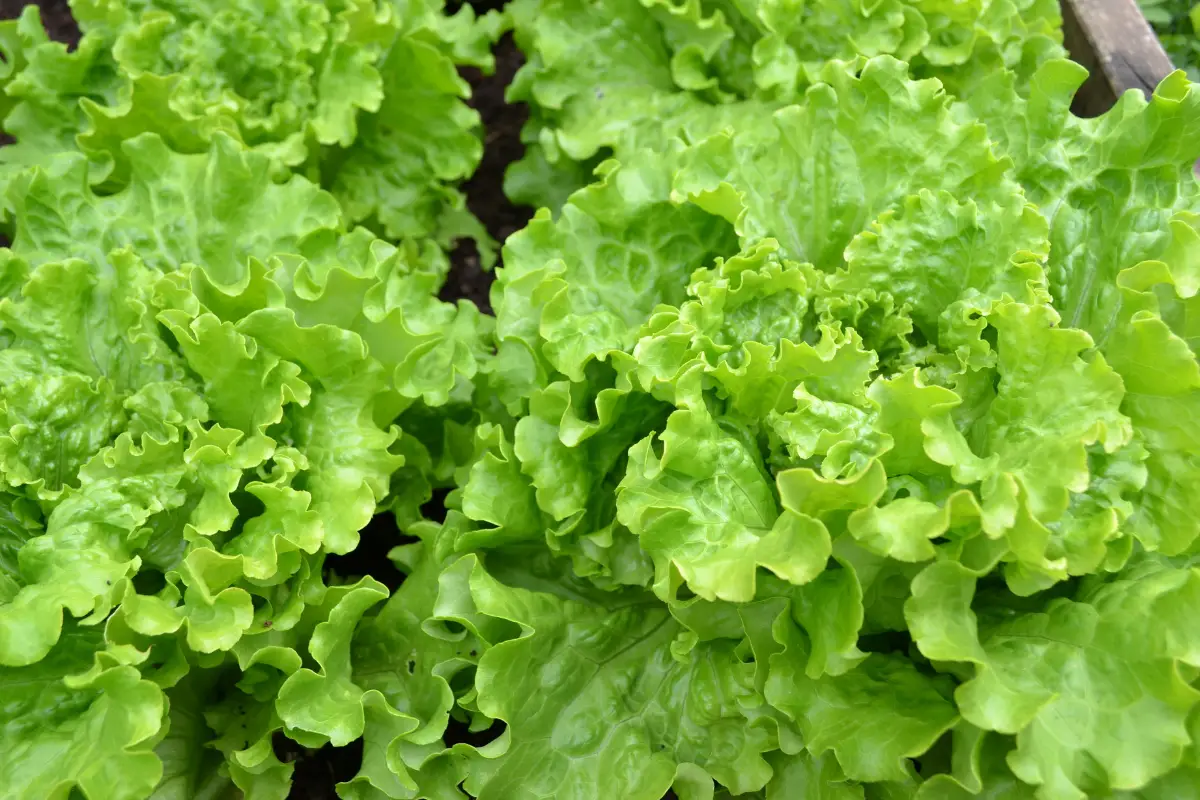A thermometer-hygrometer is necessary for any terrarium setup. If you’re keeping plants or reptiles, you’ll need to know the correct temperature and humidity. It’s best to place the device away from heat lamps and water to ensure you get accurate readings.
There’s a lot to understand when setting up a thermometer-hygrometer in a terrarium. You’ll need to know how to test, read, and calibrate one to ensure you’re getting accurate measurements.

Table of Contents
What is a Thermometer-Hygrometer?
Thermometer-hygrometers are tools that measure humidity and heat. It gives you the humidity reading as a percentage, and the temperature is either Celsius or Fahrenheit.
Using a thermometer-hygrometer in a terrarium is vital since you need to control the heat and humidity to grow healthy plants or keep animals healthy and happy.
A thermo-hygrometer is much more efficient than using two separate tools in a single tank. Most modern options are relatively accurate and can get within 5%, or closer, to the actual humidity levels in the terrarium. Although, many become inaccurate over time.
So, if you’re setting up a terrarium, you’ll want to include a reliable thermo-hygrometer in your setup.
It allows you to adjust heat and humidity as needed and show fluctuations quickly. You’ll want to check on it daily to keep your terrarium thriving.
How Do I Read a Thermo-Hygrometer?
Reading a thermo-hygrometer at a glance is easy. You can read the temperature as you would with any thermometer. You can raise the heat by adding lamps to the terrarium. Conversely, spraying cool water in the tank can lower the temperature.
Thermo-hygrometers give you a humidity reading as a percentage. So, if your device has a 75 next to humidity, the terrarium has 75% moisture in the air.
The higher the percentage, the more water there is in the terrarium’s air. You’ll need to keep it at a specific level, depending on what you have in the terrarium.
Once you get used to reading the thermo-hygrometer, you can tell what changes you need to make to your terrarium.
- ESSENTIAL REPTILE THERMOMETER HYGROMETER - Monitor temperature and humidity of reptile tanks and terrariums with this easy to use digital thermometer and humidity gauge.
- COMPLETE WITH TWO PROBES – Easy to use digital reptile thermometer hygrometer with two external probes, one for temperature and one for humidity monitoring.
- WHERE TO USE IT – This accurate digital thermometer hygrometer can be used anywhere temperature and humidity needs to be monitored. For example: terrariums, reptile tanks and humidors.
- QUALITY GUARANTEED - Our carefully sourced range of reptile thermometers and hygrometers are made to the highest standards our customers expect.
- EXCEPTIONAL CUSTOMER SERVICE – We want you to be completely satisfied. With a wealth of experience our Thermometer World team are here to help with any questions you may ha
Prices pulled from the Amazon Product Advertising API on:
Product prices and availability are accurate as of the date/time indicated and are subject to change. Any price and availability information displayed on [relevant Amazon Site(s), as applicable] at the time of purchase will apply to the purchase of this product.
Do All Terrariums Need a Thermometer-Hygrometer?
No matter what you’re keeping in a terrarium, you’ll want a reliable thermo-hygrometer. Terrariums usually house small gardens and even reptiles.
However, your plants and animal life won’t be able to thrive if the temperature and humidity levels of the tank aren’t correct.
Most terrariums will have plants of some kind in them. Plants rely on humidity to perform photosynthesis. Dry air makes it difficult for them to absorb carbon dioxide, leading to stunted growth and wilting.
Since reptiles are cold-blooded, they must rely on you to remain at safe temperatures. Plus, they need certain humidity levels to shed and breathe.
Your pet could get several health issues if you don’t keep the humidity at an acceptable amount. Air that’s too humid can be just as problematic for reptiles as air that’s too dry.
Finally, closed terrariums use humidity to create a rain cycle. The water you add to the tank evaporates and drips back down into the tank. If you want your terrarium to become “self-watering,” keeping it at a consistent humidity is key. You can’t do that without a thermo-hygrometer.
How Do I Choose a Thermometer-Hygrometer?
First, you’ll want to check the thermo-hygrometer closely and choose one that provides the temperature in units you can read. For example, you’ll have plenty of options that use either Celcius or Fahrenheit, and some even use both units or Kelvin.
Next, you’ll need to consider the accuracy of the thermo-hygrometer. Many terrariums require a delicate balance of temperature and moisture.
Still, if the tool isn’t accurate, you’ll struggle to keep anything healthy in the tank. You can read reviews on the product to help determine how accurate it is.
Generally, you want one within 5% of the actual reading. However, the closer it is, the better.
There are also two main types of thermo-hygrometers to consider: capacitive and resistive sensors. While they both can measure humidity, they use different methods. Capacitive thermo-hygrometers use more accurate sensors.
However, they’re more expensive and are best when you need extremely precise readings. Resistive thermo-hygrometers are slightly less accurate but more cost-efficient.
Terrarium keepers can usually get away with using resistive sensors and get good results.
Some also come with additional features like alarm clocks. Overall, there’s a lot to consider when choosing a thermo-hygrometer.
Choosing one that works best will help you keep your tank’s conditions stable, so it’s important to think about it.

How Do I Setup a Thermo-Hygrometer in a Terrarium?
Once you have your thermo-hygrometer, you’ll need to know how to set it up correctly. Placing it wrong could lead to you getting inaccurate readings from it. Most terrariums also need at least two thermo-hygrometers, so you’ll need to space them out in the tank.
Here’s what you need to do:
- Test the new thermo-hygrometer: You can wrap it in a moist towel for about 30 minutes. It should read 100% humidity if it’s accurate. However, anywhere between 95% and 100% is acceptable.
- Calibrate the thermo-hygrometer: Some thermo-hygrometers need you to calibrate them to be accurate. You can adjust digital ones easily by pressing a button. In contrast, analog ones require using a small screwdriver on the back. You can calibrate the device immediately after testing it by raising low readings into the 95 to 100% range.
- Put the thermo-hygrometer in the tank: Make sure the device is on and set it away from heat sources and water, so you get the most accurate readings possible. The best spot is about ⅔ of the way from the top of the tank.
- Monitor the thermo-hygrometer: You’ll want to give the device time to show the tank’s conditions. Keep an eye on it and record the readings. You may need to adjust your terrarium until you reach your desired temperature and humidity levels.
- Place multiple thermo-hygrometers: If you’re using two or more thermo-hygrometers, you’ll want to space them out in the tank. Many people put one near the top of the terrarium and one at the bottom. These placements give you different readings and a better perspective of the entire status of the tank.
Setting up your thermo-hygrometer is usually a simple process. You’ll want to review any instructions with your device, as they can differ among brands.
What Heat and Humidity Conditions Does a Terrarium Need?
After putting the thermo-hygrometer in your setup, you can work on making the tank have the proper heat and humidity conditions. However, everyone’s goal for their terrarium will be different.
All plants and reptiles have slightly different preferences for heat and humidity. You’ll need to research the plants and animals you want to keep in your tank to ensure you meet their required conditions.
For example, crested geckos need about 70% humidity, and bearded dragons need about 35%. These two numbers are drastically different and will change how you take care of the terrarium.
Many people keep a notebook to track their thermo-hygrometer readings. Having one could make keeping the terrarium safe for your plants or pets easier.
Plus, it makes reviewing how what you do to the tank changes the thermo-hygrometer readings.
How Do I Know if a Thermo-Hygrometer is Wrong?
Many thermo-hygrometers have reputations for being inaccurate. You’ll want to test your device every three or four months. That way, you can calibrate it if it’s wrong. If you have reptiles, you may need to check the thermo-hygrometer more often for their safety.
While wrapping the thermo-hygrometer in a towel works in a pinch, there’s another, more accurate way to determine its accuracy. You will need the following:
- Distilled water
- Table salt
- A plastic ziplock bag
- A small bottle cap
Now, here’s how you can test your thermo-hygrometer:
- Add a small scoop of salt to the bottle cap.
- Pour a tiny amount of water over the salt. You want to make a paste without dissolving the salt.
- Place the thermo-hygrometer and the bottle cap inside the ziplock bag and seal it tightly. Set it somewhere where you won’t disturb it.
- Wait eight hours.
- Check the thermo-hygrometer. Accurate models will show a humidity of 75% exactly. If it’s not 75%, it’s technically wrong and needs calibration.
- If the reading isn’t 75%, you can adjust the thermo-hygrometer.
- You may need to replace older models that never remain calibrated correctly.
Why are Thermo-Hygrometers So Inaccurate?
Thermo-hygrometers are often inaccurate unless they’re the pricier models, which is why you’ll need to adjust them every so often.
The most common cause of wrong readings is contamination. The sensor element is very sensitive; it can be wrong if you touch it or if there’s debris on it.
Additionally, thermo-hygrometers constantly in very humid conditions become less accurate over time.
If you’re keeping a terrarium with 70% or higher humidity, you’ll need to check your thermo-hygrometer frequently.
Overall, many thermo-hygrometers become less accurate with time. You’ll need to monitor these tools to ensure they’re not giving you incorrect readings. It’s best to replace the ones that always give you the wrong information.
Conclusion
Thermometer-hygrometers are tools that measure humidity and heat. It gives you the humidity reading as a percentage, and the temperature is either Celsius or Fahrenheit.
Using a thermometer-hygrometer in a terrarium is vital since you need to control the heat and humidity to grow healthy plants or keep animals healthy and happy.
Plants rely on humidity to perform photosynthesis. Dry air makes it difficult for them to absorb carbon dioxide, leading to stunted growth and wilting.
It’s best to place the device away from heat lamps and water to ensure you get accurate readings.
- How to Build a Planter Box for Bamboo: A Step-by-Step Guide

- Can Robotic Lawnmowers Handle Steep Slopes?

- Do You Need a Specific Lawn for a Robotic Lawnmower? Expert Advice

- Are Robotic Lawnmowers Safe for Pets and Children? Safety Features of Robotic Lawnmowers

- Why Use Robotic Lawnmowers? Advantages of Using a Robotic Lawnmower

- Is the GARDENA SILENO City 300 Cordless or Corded? A Clear Answer















